 Carter Horsley
Carter HorsleyDec 23, 2011
Carter's Review
This ornate building at 105 Hudson Street is one of the most impressive in TriBeCa.
It was erected in 1892 and was designed by Carrere & Hastings, which would later design the New York Public Library on Fifth Avenue at 42nd Street and The Frick Collection on Fifth Avenue at 70th Street.
The building, which is more imposing than the city's best known imitation of a Medici palace, the University Club, has 16 cooperative apartments.
Bottom Line
The 11-story building is also known as 168-174 Franklin Street and as the Powell Building.
Description
The building's lower two floors are rusticated with large arched windows on the first floor and two oculi on the second floor. The building also has arched windows on its fifth and top floors and its façades are enlivened by many pilasters and pediments and bandcourses. The bandcourse above the sixth floor repeats the in-and-out design of the building's strong cornice.
History
In his June 25, 2000 "Streetscapes" column in The New York Times, Christopher Gray described the building as "an uncommonly noble work for an industrial district," noting that it was then undergoing a comprehensive exterior restoration by Bone Levine Architects.
"In 1868," Mr. Gray wrote, "a large rail terminal was built at Hudson and Beach Streets, and the neighborhood now known as TriBeCa quickly developed from an area of polite brick houses to one of lofts and warehouses with access to both rail and river transport. Larger and larger commercial buildings went up, most with a strictly industrial look. But in 1890 Henry L. Pierce, head of the Walter Baker Chocolate Company in Dorchester, Mass., hired Carrere & Hastings to design a radically different type of building for the area. Pierce had taken over the Walter Baker concern in 1854. The company is listed in directories as having offices in New York City in the 1880's - and even at that time their Baker's chocolate cooking product was one of the staples of the company, which is now part of Kraft Foods. Pierce was also active outside the firm, serving in the 1860's and 70's as an alderman, mayor of Boston and congressman from Massachusetts. He gave the new building his own name; although the Baker company had offices there, it appears that 105 Hudson Street was his personal investment."
The Pierce building had been designed as a 10-story building, but was only built 7 stories high in cream colored terra cotta and light orange brick. "The French neo-classic style, deeply rusticated ground-floor marble and giant engaged columns made it appear more like a Paris office building or a London bank," according to Mr. Gray, who added that "an 1892 article in the Real Estate Record & Guide said it was leased to food firms. Most of what is now Nobu was used to display the Baker company's chocolate products. The upper floors were divided into smaller offices of 300 to 500 square feet. How Pierce got in touch with Carrere & Hastings is not clear but in the same year the Pierce building was finished he called them back to design a fanciful temple-like display pavilion for the company for the 1893 Chicago world's fair. Pierce died in 1896, and in 1903 his estate sold the building to Alexander Powell, a candy manufacturer. In 1905 Powell had his architect, Henri Fouchaux, enlarge the Pierce building to 11 stories, and also expanded it north on an additional lot on Hudson Street; bronze lettering high up on the Hudson Street front reading 'Powell Building' was installed at that time."
Mr. Gray wrote that "Fouchaux mimicked the original design, although its startling elegance was somewhat diluted by the addition."
"In the mid-1970's," he continued, "the developer Joseph Cazana bought 105 Hudson Street and converted it to a co-op, but with a twist. Only floors five and above were residential; the second through fourth floors were sold as offices. The upper floors were generally gutted, and a typical loft apartment on the ninth floor is expensively finished, with the heavy columns of the old office plan rising in unexpected locations. A few of the offices were left intact, with their original doors, for use as bedrooms."
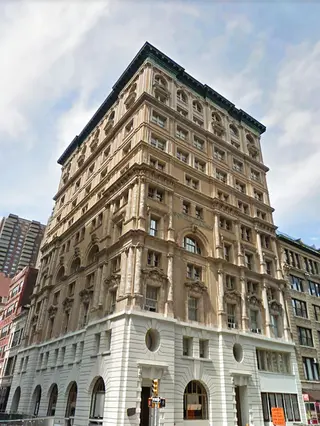
- Co-op built in 1892
- Located in Tribeca
- 16 total apartments 16 total apartments
- 10 recent sales ($299K to $5.5M)
- Pets Allowed
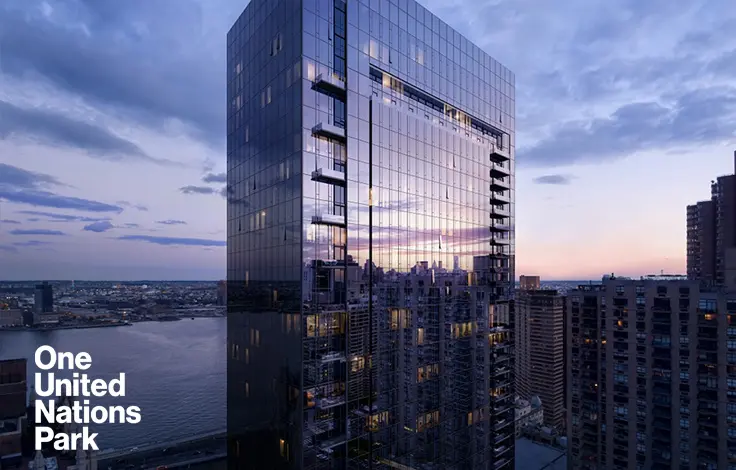
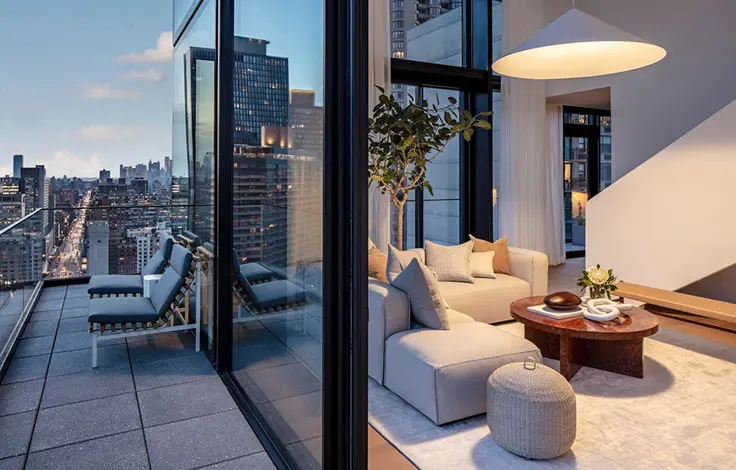
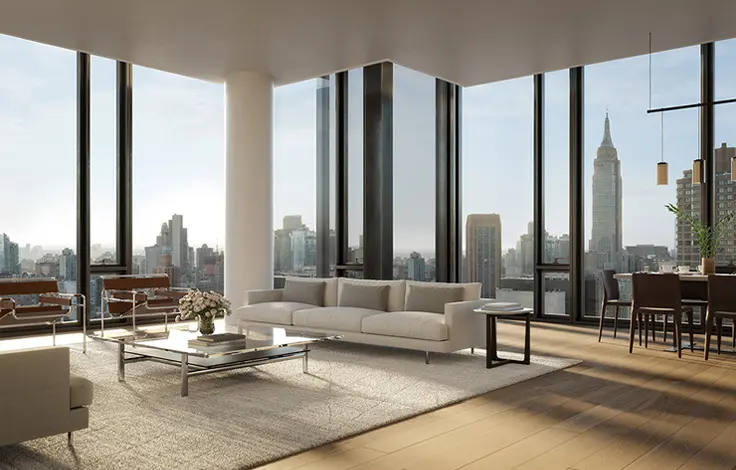
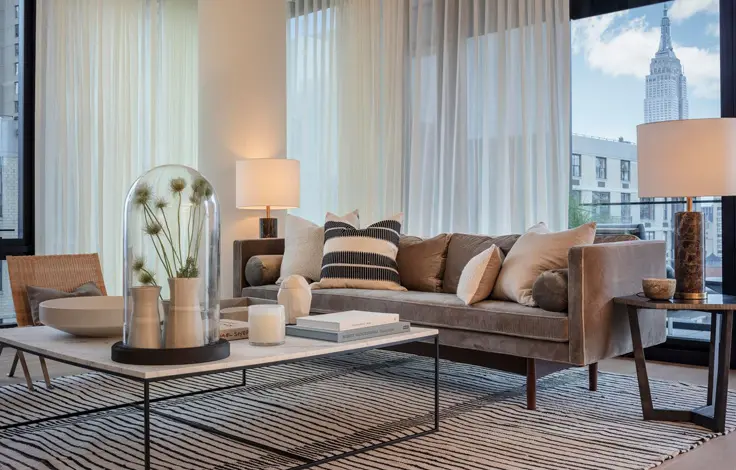
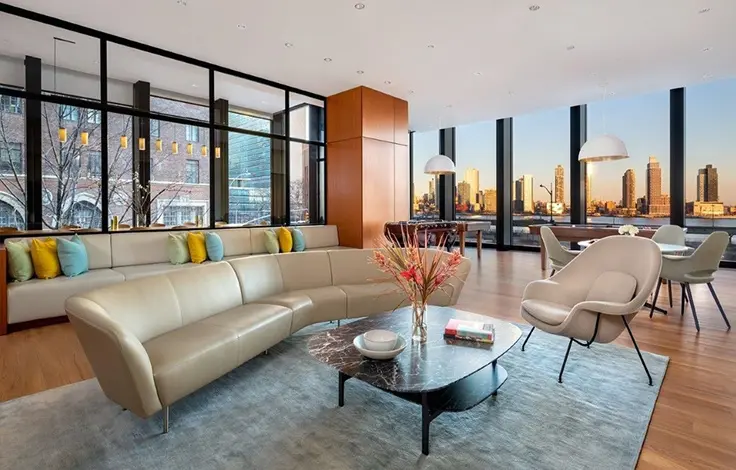
 6sqft delivers the latest on real estate, architecture, and design, straight from New York City.
6sqft delivers the latest on real estate, architecture, and design, straight from New York City.
